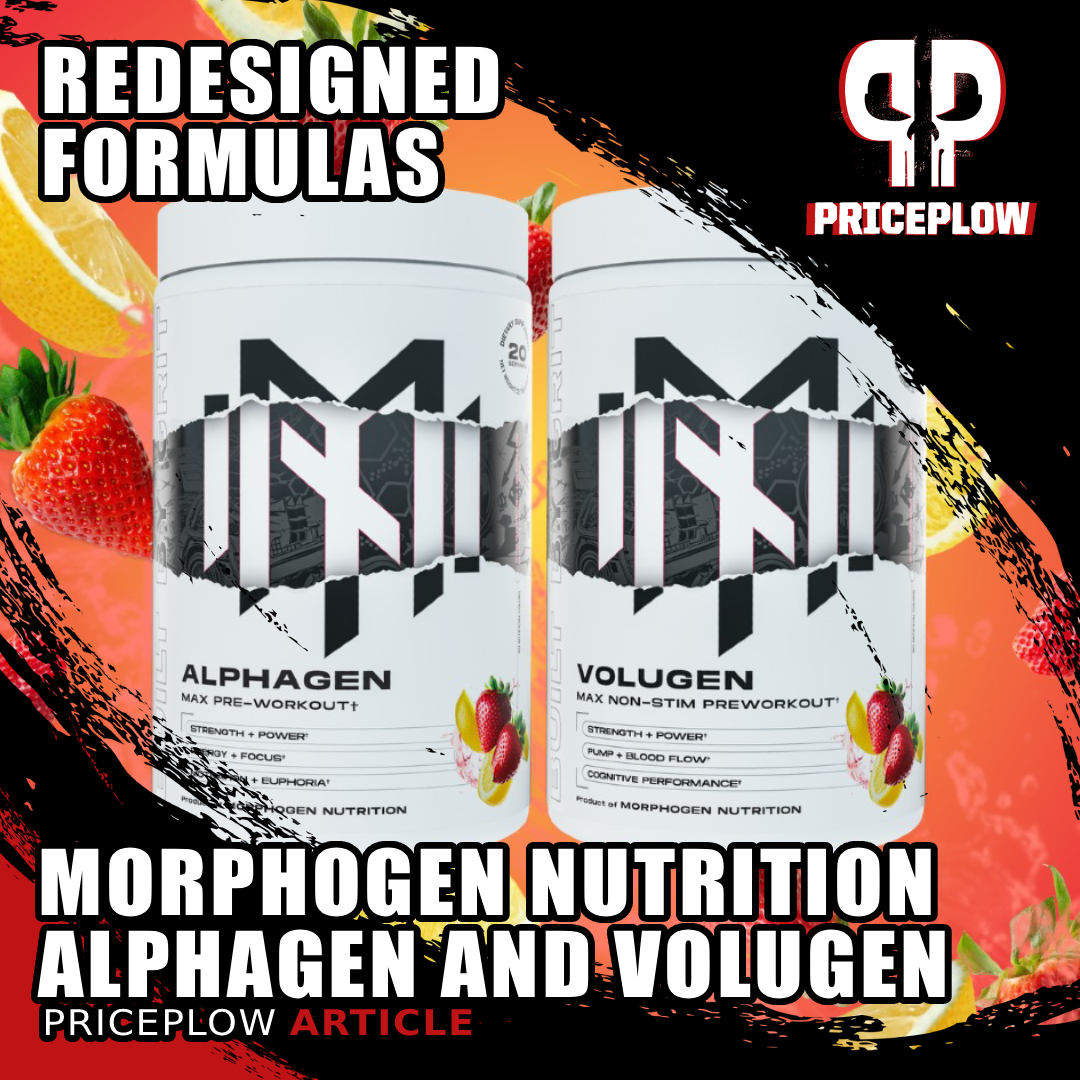
Morphogen Nutrition just dropped major upgrades to ALPHAGEN and VOLUGEN pre-workouts. That 10g L-tyrosine dose is back, plus some serious formula improvements that caught our attention. These work solo or stacked for maximum flexibility.
Morphogen Nutrition has recently redesigned their flagship pre-workout lineup with the launch of the new ALPHAGEN and VOLUGEN formulas. These aren't just minor tweaks - both products have received major upgrades that position them as serious contenders in the high-end pre-workout space.
Founded by Ben Hartman, Morphogen Nutrition has built a reputation for uncompromising quality and innovative formulations. Ben has been a guest on the PricePlow Podcast twice, with his most recent appearance discussing the previous Morphogen rebrand, and we're hoping to get him back on soon to discuss these new formulas. His commitment to creating products that actually work at effective doses is evident throughout these new releases.
For those seeking the ultimate pre-workout experience, Morphogen has created something unique: a stimulant and non-stimulant duo that can work independently or be stacked together for maximum intensity. Let's cover each one, but first, check out PricePlow's deals and availability:
Morphogen Nutrition AlphaGEN – Deals and Price Drop Alerts
Get Price Alerts
No spam, no scams.
Disclosure: PricePlow relies on pricing from stores with which we have a business relationship. We work hard to keep pricing current, but you may find a better offer.
Posts are sponsored in part by the retailers and/or brands listed on this page.
Morphogen Nutrition VoluGEN – Deals and Price Drop Alerts
Get Price Alerts
No spam, no scams.
Disclosure: PricePlow relies on pricing from stores with which we have a business relationship. We work hard to keep pricing current, but you may find a better offer.
Posts are sponsored in part by the retailers and/or brands listed on this page.
This area is reserved for Team PricePlow's upcoming Product Update video.
Subscribe to our channel and sign up for notifications so you catch it when it goes live!
ALPHAGEN: Maximum Stimulant Pre-Workout
The new ALPHAGEN positions itself as Morphogen's "most advanced high-stimulant pre-workout" and the formula backs up that claim. This isn't your typical caffeine-heavy pre-workout - it's a comprehensive formula designed for energy, focus, and performance.
Key ALPHAGEN Highlights
L-Tyrosine is back at 10,000mg! This is the standout feature that sets ALPHAGEN apart. At 10 grams, this is one of the highest tyrosine doses we've seen in any pre-workout. Tyrosine serves as a precursor to dopamine and norepinephrine, supporting cognitive performance under stress and intense training.
400mg Caffeine Complex - Rather than relying on a single caffeine source, ALPHAGEN uses four different forms:
- Caffeine Anhydrous for fast-acting alertness
- Caffeine Citrate for enhanced bioavailability
- Infinergy™ Di-Caffeine Malate to reduce crash
- ZumXR® Extended Release for sustained energy
Comprehensive Nootropic Stack - The cognitive support goes beyond just stimulants with a potent choline blend:
- 300mg GeniusPure™ Alpha-GPC (90% standardization)
- 250mg Citicoline Sodium (CDP-Choline)
- 250mg Uridine 5'-Monophosphate
- 750mg Velvet Bean Extract (98% L-DOPA)
- A little something extra...
Performance Foundation - ALPHAGEN doesn't neglect the physical performance side:
- 8,000mg L-Citrulline for pumps and endurance
- 3,200mg Beta-Alanine for muscular endurance
- 2,500mg Betaine Anhydrous for strength and hydration
VOLUGEN: The Non-Stimulant Powerhouse
VOLUGEN serves as the stimulant-free counterpart, but calling it "just" a pump product would be selling it short. This formula focuses on cellular hydration, muscular endurance, and cognitive performance without any caffeine.
Key VOLUGEN Features
Enhanced Pump Matrix - VOLUGEN delivers serious vasodilation support:
- 10,000mg L-Citrulline (higher than ALPHAGEN)
- 508mg VasoDrive AP® for ACE inhibition and blood flow
- 200mg AmentoPump® (Amentoflavone) for performance amplification
Hydration and Performance - The formula emphasizes cellular volumization:
- 5,000mg Micronized Creatine Monohydrate
- 5,000mg ElectroPrime® hydration matrix
- 2,500mg Betaine Anhydrous
- 2,000mg Taurine
Cognitive Support Without Stimulants - VOLUGEN maintains focus enhancement:
- 300mg GeniusPure™ Alpha-GPC (same as ALPHAGEN)
- 250mg Citicoline Sodium
- 750mg Velvet Bean Extract (L-DOPA)
- 20mg SalidroPure™ (Fermented Salidroside 98.5%)
The Flexible Approach: One Scoop or Two
Both ALPHAGEN and VOLUGEN are designed as two-scoop products, but this creates flexibility rather than forcing intensity. Users can start with one scoop to assess tolerance or use the full two-scoop serving for maximum effect.
This approach allows the same product to serve different needs:
- One scoop: Moderate pre-workout experience
- Two scoops: Full intensity for serious training sessions
- Stacking: Combine both products for the ultimate experience
Flavor Coordination
Morphogen made a smart decision by offering matching flavors across both products:
- Strawberry Lemon
- Blue Shark/Blue Gummy
- Peach Rings
This coordination makes stacking simple and ensures flavor compatibility when combining the products.
Here's what's available through PricePlow:
Conclusion: Morphogen's Modern Approach
The new ALPHAGEN and VOLUGEN show Morphogen Nutrition's commitment to creating products that work both independently and together. They brought back the 10g L-tyrosine, which means the customers really must have wanted it back! Rather than forcing users into a single approach, they've created a system that adapts to different needs, tolerance levels, and training demands.
With standout doses like 10g tyrosine in ALPHAGEN and comprehensive hydration support in VOLUGEN, these aren't just reformulated versions of existing products - they're ground-up redesigns that push the boundaries of what pre-workout supplements can deliver.
Morphogen Nutrition AlphaGEN – Deals and Price Drop Alerts
Get Price Alerts
No spam, no scams.
Disclosure: PricePlow relies on pricing from stores with which we have a business relationship. We work hard to keep pricing current, but you may find a better offer.
Posts are sponsored in part by the retailers and/or brands listed on this page.
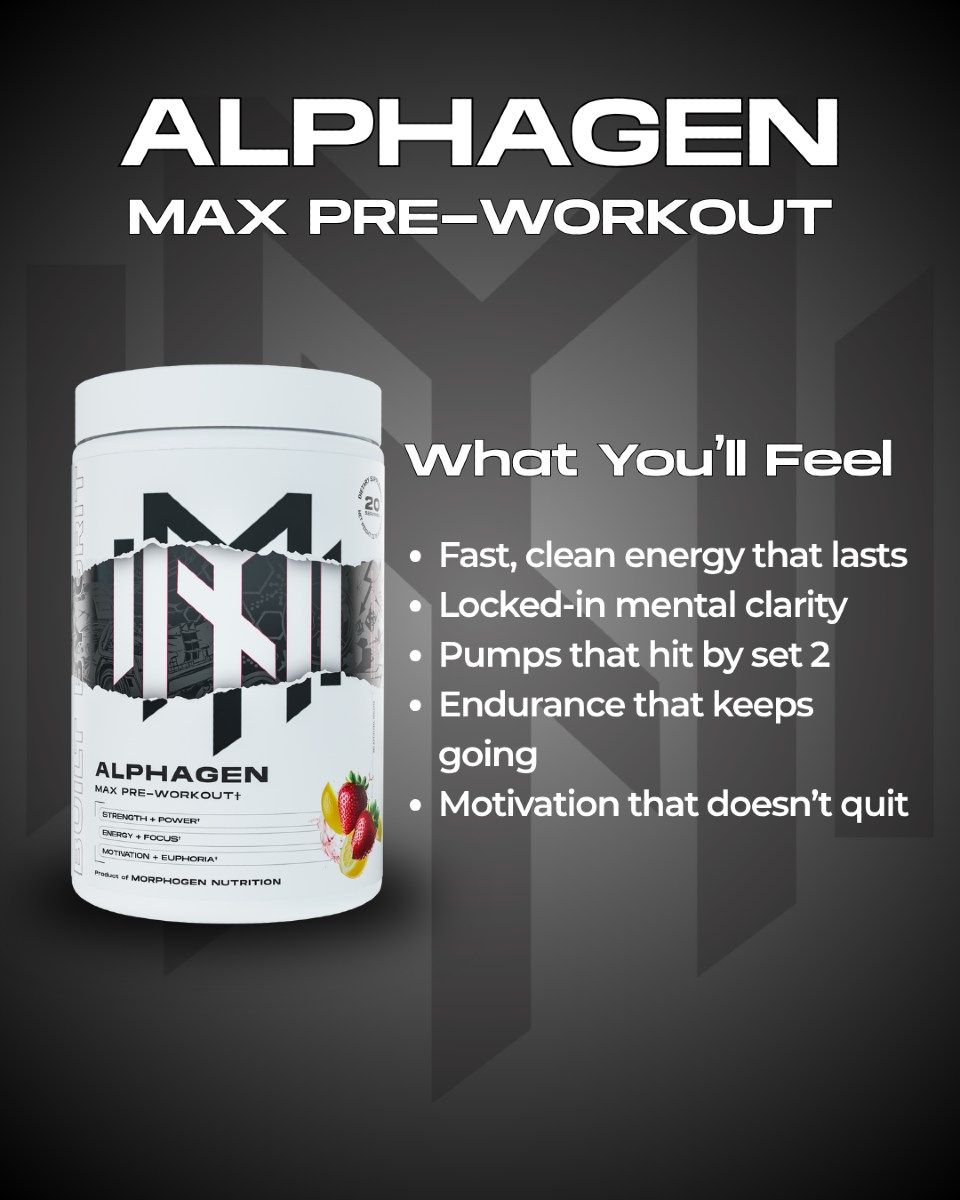
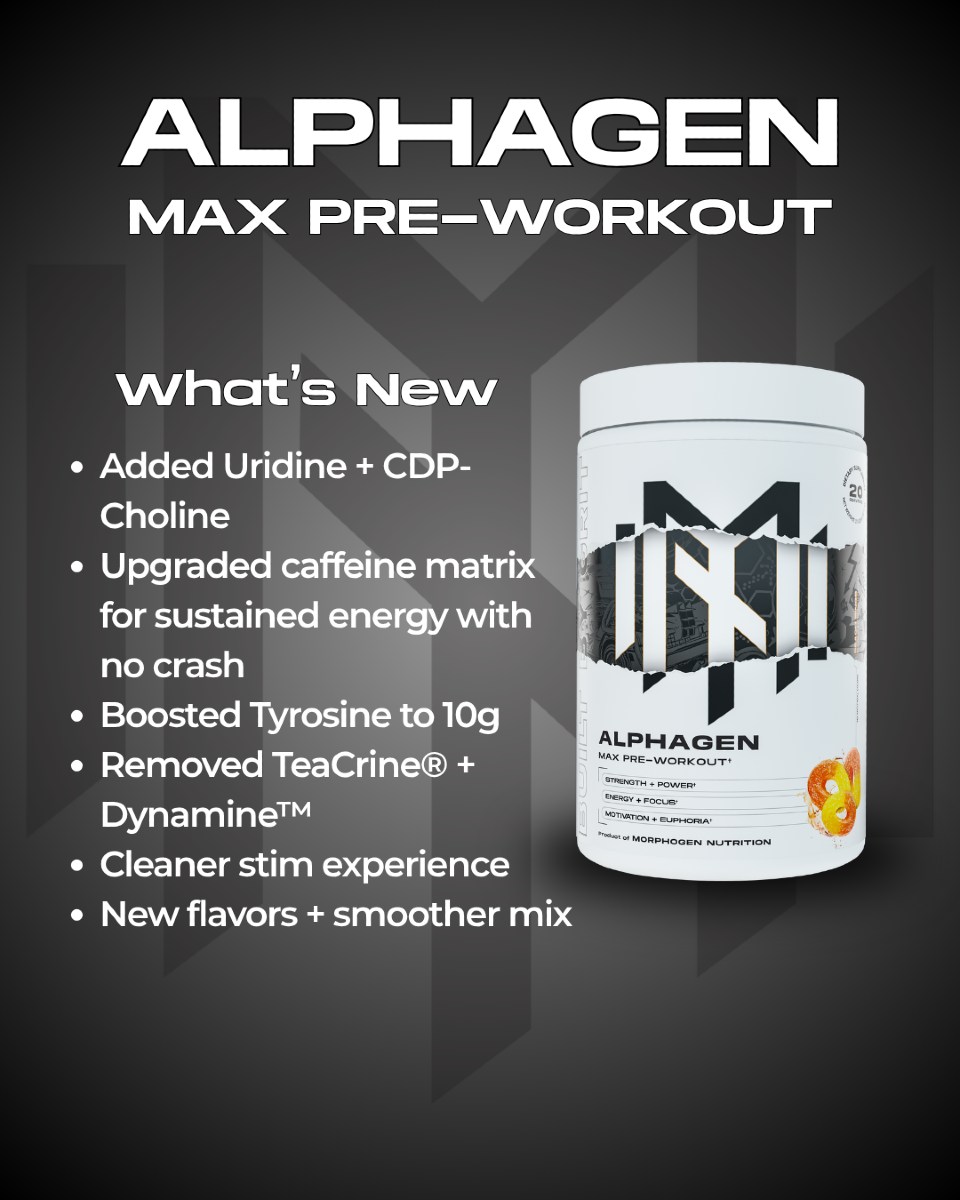
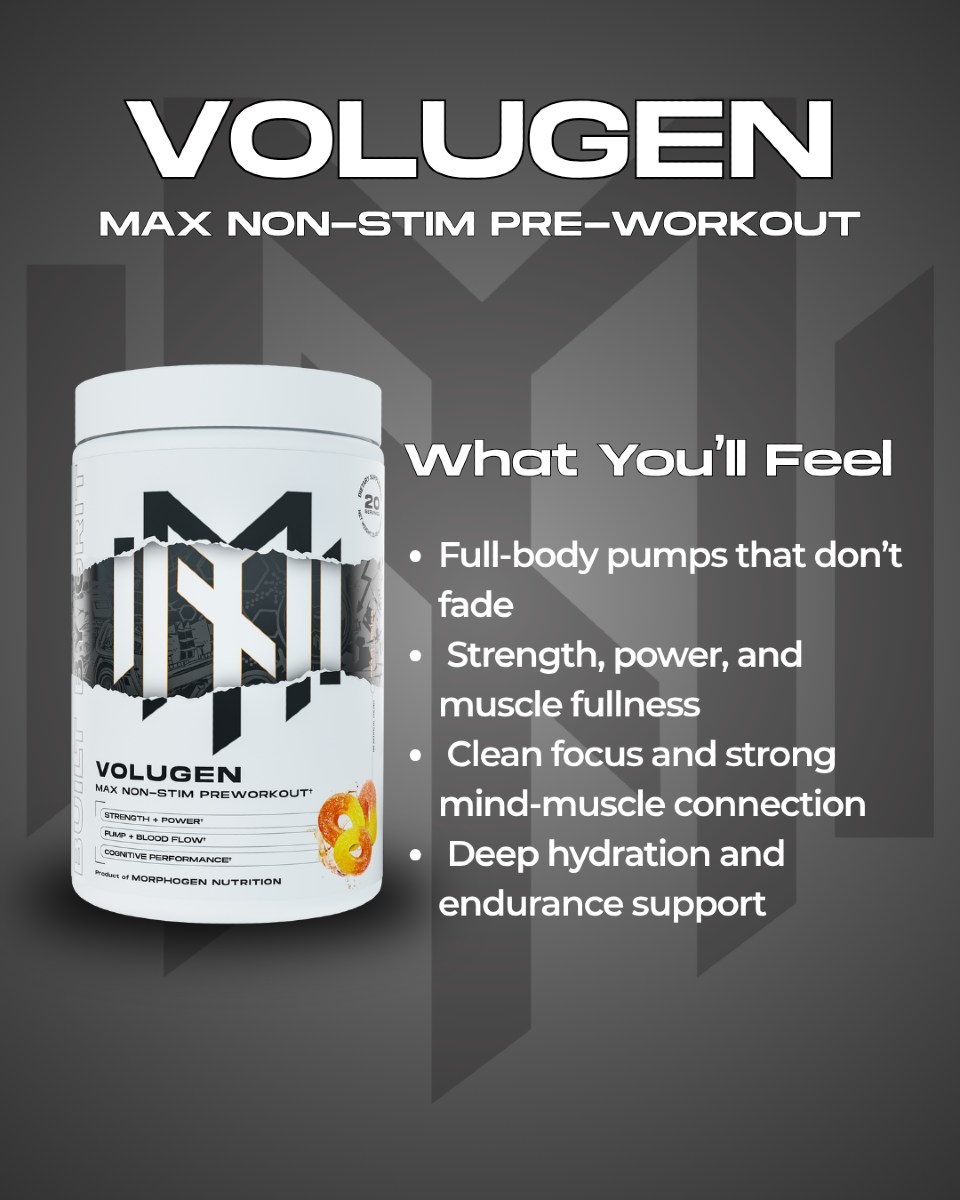
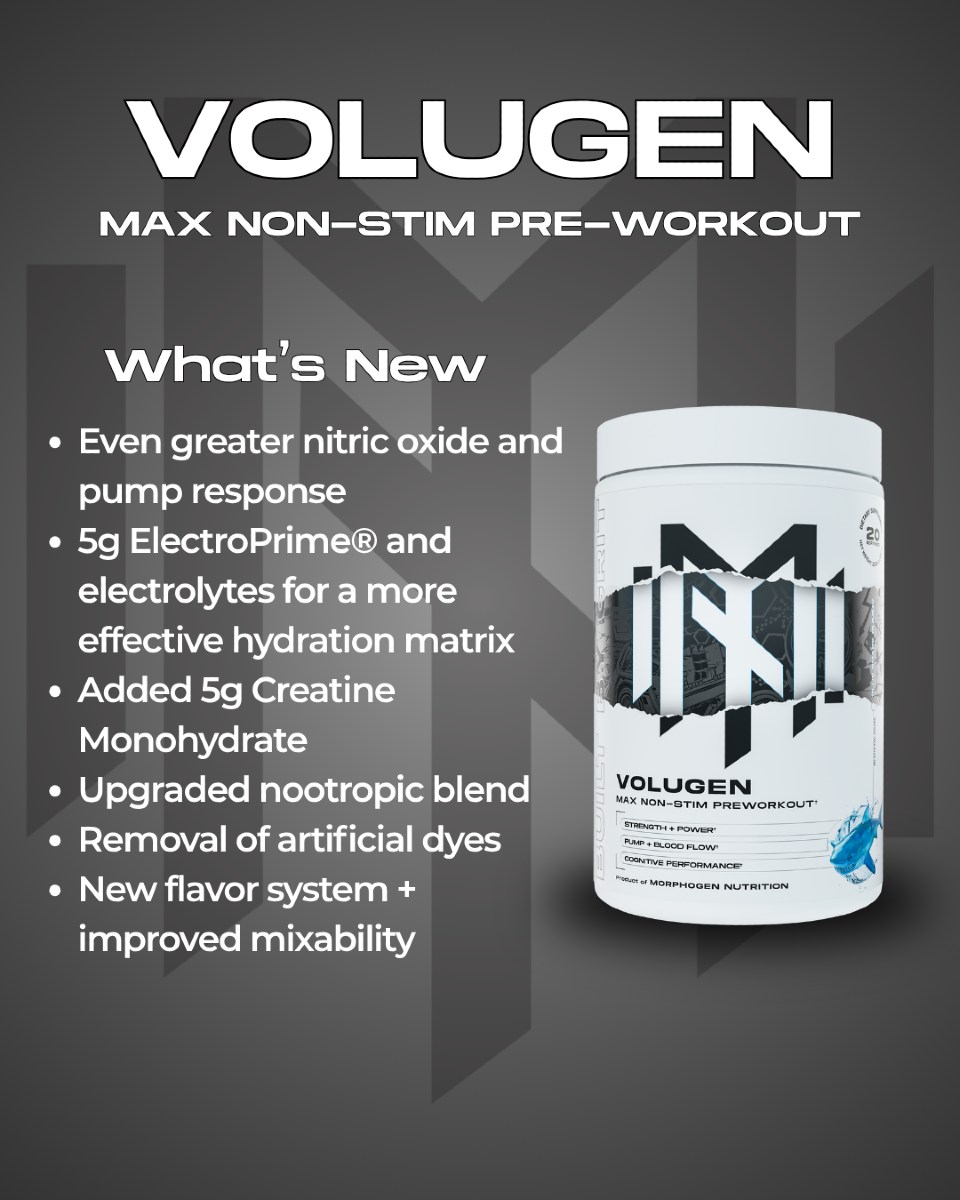
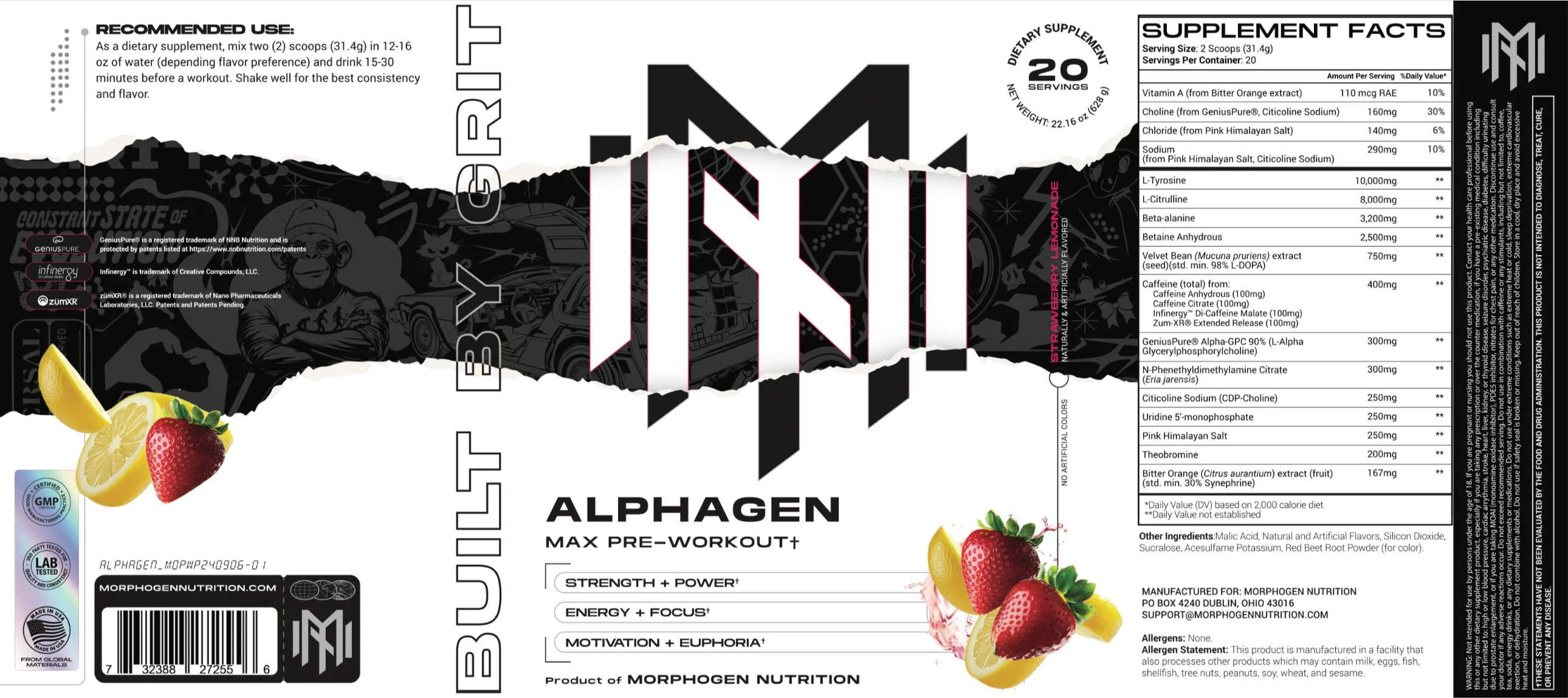
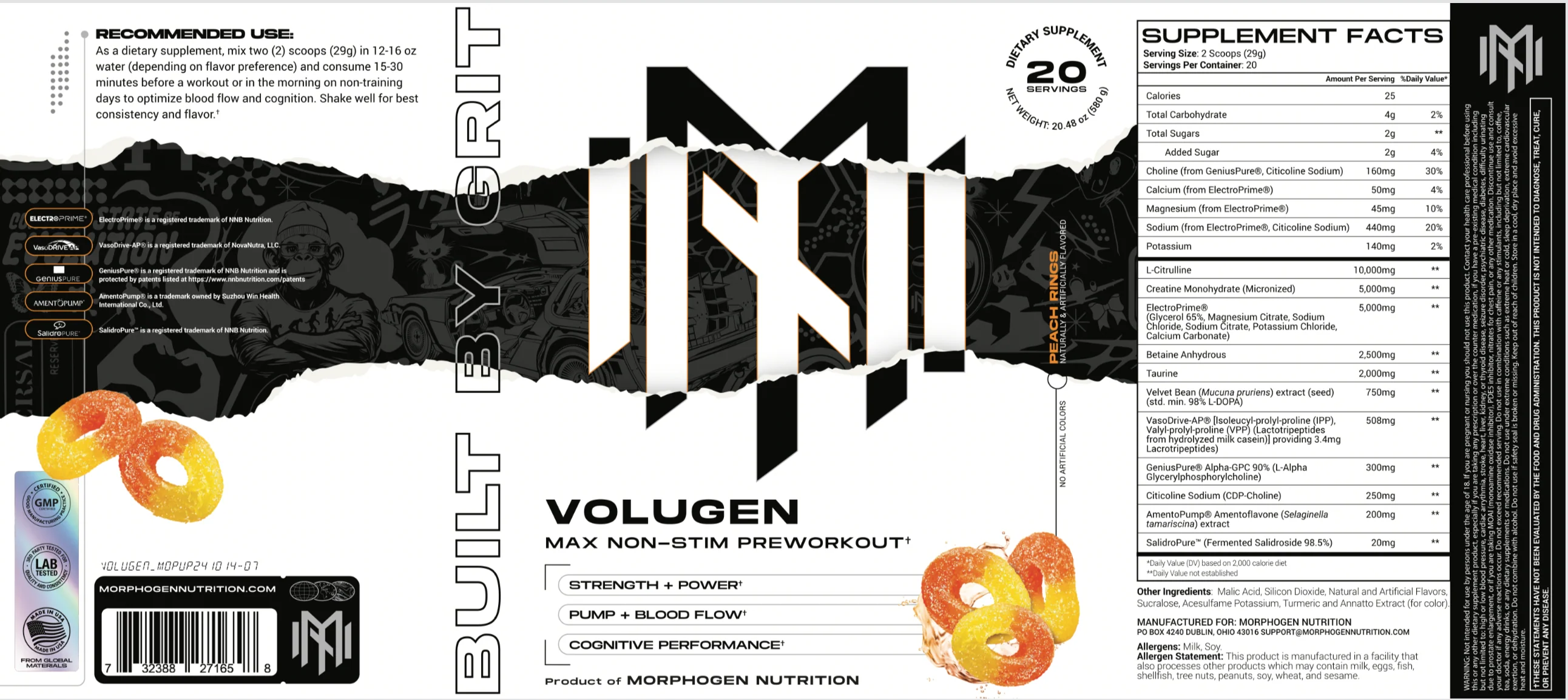

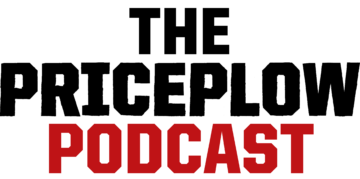
Comments and Discussion (Powered by the PricePlow Forum)